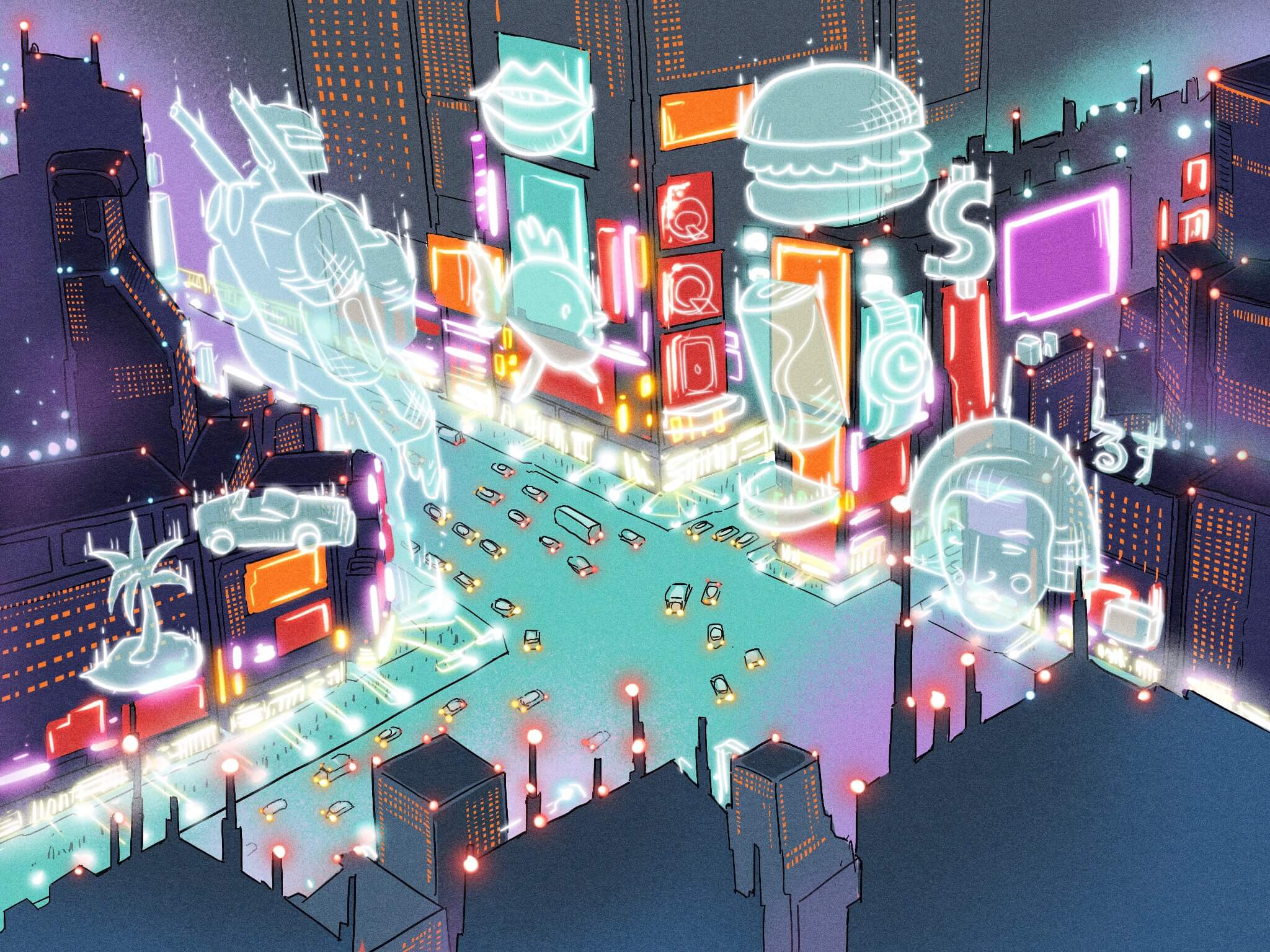The multiculturality industry

Eastern culture was for many years a totally hermetic subject for the West. The little that was known was transmitted mainly by history books and stories of westerners who had visited some countries and told us about their experiences. Over time this changed exponentially, as the ease of travel, coupled with the development of the transmission of data from a distance, allowed Eastern culture to make its way and teach the West everything it had to offer.
This is how today, it is common to find Chinese, Japanese, Thai, and Korean restaurants all over the world, just to name a few, that bring their culinary culture very close to our own home. But this cultural transmission boom reached its peak when young people began to absorb the Japanese entertainment culture: We are talking about anime. Through its unconventional methods of animation for Western eyes, coupled with intriguing plots, characters with very defined personalities, and costumes of the most varied and sophisticated, the anime industry managed to penetrate deep among young people and adults, becoming today an industry that moves more than 20 billion dollars a year.
If we go back to the beginning of this phenomenon, it is impossible not to refer to Akira, that Cyberpunk-style anime film that would change things forever. It was the 1980s, and Japan was embarking on a project of titanic dimensions. With a budget of more than 1 billion Yen (JPY) and numerous technology companies forming a committee with full government support, Japan was ready to show the world what it was artistically capable of. And so it was that in 1988, what is now considered a cult film arrived. With a post-apocalyptic setting and a plot that mixed violence, philosophy, psychology and existentialism, it was impossible for it to go unnoticed.
Every penny that went into the project was used to make the film even more spectacular. For example, the movement of the lips of the characters match the words they are pronouncing, and the sound of the engine of the Citizen motorcycle driven by the protagonist was obtained from a Harley Davidson (NYSE: HOG). Nothing was left to chance, and with that, they made sure to leave their mark on a whole generation that was living the new technological awakening and imbibing a Cyberpunk culture that made us question everything around us.
More than 30 years have passed since that feat, Akira is today considered a cult film, and we only need to look around us to see the scope of its achievements. Anime has definitively penetrated the world, generating in its wake all kinds of industries centred on it. One of these booming and growing industries is the cosplayer industry. Cosplay is defined as the practice of dressing up as a fictional character. This practice is generating an increasingly larger market since the various conventions and contests encourage their followers to create more sophisticated costumes that demand the purchase of quality materials or even hiring a third party as an image consultant.
In Marketplace stores such as Etsy (NASDAQ: ETSY), oriented to decoration and crafts, you can find all kinds of objects to develop the costumes of the characters and even place orders for custom work. Specialized international stores have also emerged, such as the Chinese EZcosplay, which is undoubtedly a whole universe within reach of the cosplayer, whether amateur or specialized.
Another industry that undoubtedly benefited from this cultural absorption is the industry of collectible figures and action figures. The Japanese video game producer Bandai Namco created its “Figuarts” division, through which it sells collectible and action figures of various anime characters, some of them with a surprising degree of realism and a limited edition number that is the delight of the most exclusive fans. We also have the case of the American company Hasbro (NASDAQ: HAS), known in the world for being the developer of some board games such as Monopoly or Battleship, which have endured throughout the generations. Hasbro did not want to be left out of this new trend and obtained the necessary licenses to manufacture action figures of Pókemon and Power Rangers, thus opening the competition to the American market.
Little by little, oriental culture was making its way mainly among young people, gaining more and more followers and consolidating the term “Otaku” (Anime and Manga fans). International events such as the Comic-Con, show us the massiveness of this phenomenon that, far from being a fad, is becoming the lifestyle of many people. And there, where there is a new trend, is precisely where the industry aims its cannons and makes us get in an easier and more direct way everything we need to achieve our goals.
